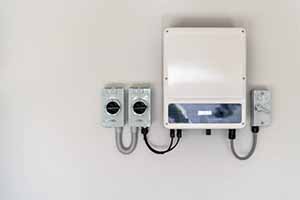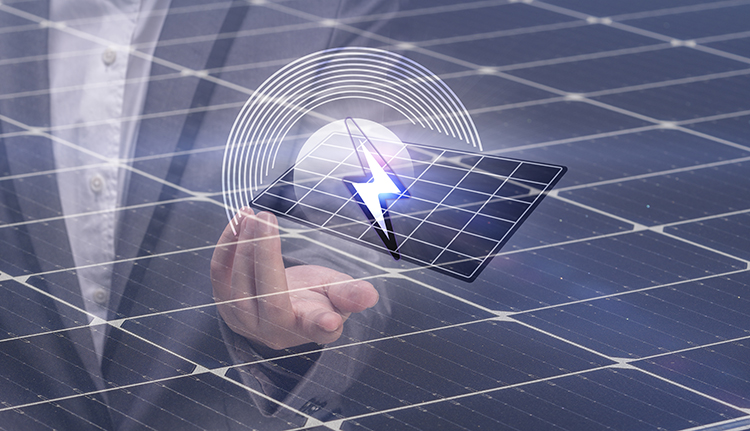In the ever-evolving landscape of renewable energy, the progression of technology plays a pivotal role in shaping a sustainable future. Amidst the array of clean energy solutions, solar power has emerged as a beacon of hope, and within this realm, the humble solar inverter has quietly undergone remarkable transformations. As we tread the path toward a cleaner, more efficient energy future, it is imperative to understand the trajectory of solar inverter technology – from its inception to the era of Smart Inverters and the possibilities that lie beyond.

With a resolute commitment to merging technology and sustainability, I have witnessed the dynamic evolution of solar inverter technology firsthand. These unassuming devices, responsible for converting the direct current (DC) generated by solar panels into usable alternating current (AC), have evolved into powerful catalysts of efficiency and intelligence.
Smart Inverters, the evolutionary successors of traditional inverters, mark a significant leap forward. Going beyond their conventional roles, these intelligent devices offer functionalities that transcend energy conversion. Equipped with real-time monitoring, remote control capabilities, and data analysis functionalities, Smart Inverters provide users and grid operators with invaluable insights into system performance. By enhancing energy efficiency and facilitating the seamless integration of solar power into existing grids, these inverters play a pivotal role in bolstering grid stability and accelerating the transition to renewable energy sources.

However, the narrative of solar inverter technology doesn’t conclude with Smart Inverters. The landscape is expanding, offering promising avenues that could reshape the way we manage energy. A particularly intriguing trajectory involves the integration of Artificial Intelligence (AI) into solar inverters. Envision inverters endowed with the ability to intelligently forecast energy production, predict consumption patterns, and even proactively detect and diagnose system irregularities. The integration of AI holds the potential to optimize energy utilization on a granular level, minimizing wastage and maximizing overall efficiency.
Furthermore, the concept of bidirectional inverters represents a paradigm shift in energy dynamics. While these advanced inverters fulfill the conventional role of converting DC to AC, they also introduce the capacity to convert AC back to DC. This bidirectional capability paves the way for homes and businesses to become energy hubs, capable of both consuming and feeding surplus energy back into the grid. This transformative concept has the potential to reshape the dynamics of energy distribution and consumption, fostering a culture of energy self-sufficiency.
The journey towards cleaner energy solutions is underscored by a collective commitment to a sustainable future. Through innovation, collaboration, and a steadfast focus on efficiency, the renewable energy sector is poised to usher in a new era of power generation and consumption.
In conclusion, the trajectory of solar inverter technology parallels the overarching narrative of the clean energy sector. From basic energy conversion to Smart Inverters and beyond, these unassuming devices have emerged as critical enablers of renewable energy adoption. As we set our sights on the future, the integration of intelligence and sustainability will continue to drive progress. Solar inverter technology, often overlooked, remains an essential cornerstone of the journey towards a greener, more efficient energy landscape.












